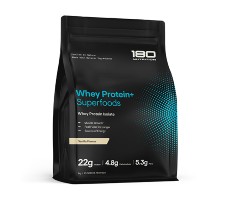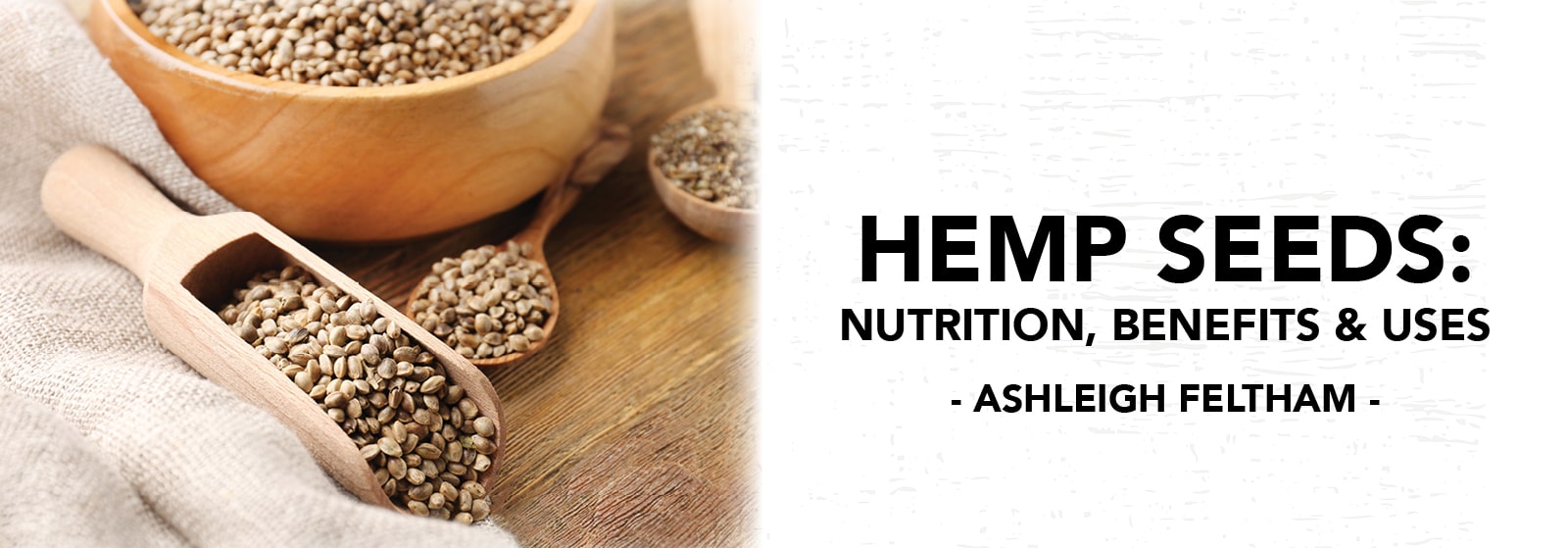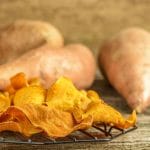If you are one of many searching for plant based alternatives to help meet your daily protein and nutrient needs, hemp seeds are one food you need to know about.
Where Are Hemp Seeds From?
Hemp seeds are either hulled or shelled and most researchers agree that the plant species of hemp seeds originated in central Asia and were introduced in Europe as a cultivated and domesticated agricultural plant during the Bronze age (approximately, from the 22nd until 16th century BC) (Mukherjee A et. al 2008, McPartland J.M et al. 2018) (website).
What Are The Health Benefits Of Hemp Seeds?
Per 100 gram serving, hemp seeds have roughly 31.6g of complete protein, 8.57g of carbohydrate, and 4g of dietary fibre. Hemp seeds contain around 48.8g of total fat, 4.6g saturated fat, 5.4 monounsaturated fat, 8.86g of omega-3 fat in the form of alpha-linoleic acid, and 27.4g of omega-6 polyunsaturated fat (website).
There is a matrix of health benefits in which hemp seeds provide your body with. They are considered to have similar benefits to other nuts and seeds and are a good source of protein, omega 3 and 6 polyunsaturated fats (Al-Khalifa A et al. 2007).
Hemp seeds contain over 30% of oil, 28% of unsaturated fatty acids and 3% saturated. (Karimi I et al. 2006) This is considered a heart healthy fat makeup which, when included in your diet may help reduce your risk of heart disease (Richard MN et al. 2007).
Hemp seeds are also a good source of complete protein. This means that the hemp seeds provide all the essential amino acids or building blocks that your body needs to make a protein. Essential amino acids need to come from the food you eat as your body cannot make these. Hemp seeds are around 25% of complete protein (Karimi I et al. 2006).
Hemp seeds also contain around 20-30% carbohydrate (Farinon B et al. 2020). This carbohydrate is mostly composed of dietary fibre, as well as vitamins and minerals. In addition to these benefits, hemp seeds are a good source of antioxidants, phenolic compounds, carotenoids, phytosterols, and tocopherols. All these factors work together to help to fight off free radicals, which in excess can cause damage and disease to the cells of your body. These components also help your body function optimally and help to prevent disease (Farinon B et al. 2020).
How Can Hemp Seeds Be Used?
There are a number of ways to incorporate hemp seeds into your diet such as in salads, smoothies, yoghurt, sandwiches, baked products, cereals and even stir fries and lasagne. Hemp seeds can also be processed into a protein powder to be enjoyed as a protein shake. This process involves removing the oil from the seed. There is often some of the healthy fats left in the final product depending on how the hemp seed was processed. Often 10% of the fat of the hemp seed is still present in the hemp protein powder (Pihlanto A et al. 2017).
Hemp protein still includes the additional micronutrient benefits such as the vitamins, minerals such as magnesium, and antioxidants. Enjoying a hemp protein shake can be an easy way to add the health benefits of hemp seeds when you are on the go and have a hectic schedule with no time to stop.
Take home message: With a matrix of health benefits, hemp seeds are a food which your body will thank you for including in your diet.
References
- Health Canada. Frequently asked questions about industrial hemp. Available from: http://www.hc-sc.gc.ca/hc-ps/substancontrol/hemp-chanvre/about-apropos/faq/index-eng.php. Last Modified: 2018-11-07
- Karimi I, Hayatghaibi H. Effect of Cannabis sativa L. seed (hempseed) on serum lipid and protein profiles of rats. Pakistan J Nutr. 2006;5:585-8. Available from: https://www.researchgate.net/publication/46032757_Effect_of_Cannabis_sativa_L_Seed_Hempseed_on_Serum_Lipid_and_Protein_Profiles_of_Rat
- Richard MN, Ganguly R, Steigerwald SN, Al-khalifa A, Pierce GN. Dietary hempseed reduces platelet aggregation. J Thromb Haemost. 2007;5:424-5. Citation available from: https://www.ncbi.nlm.nih.gov/pubmed/17155962
- Al-Khalifa A, Maddaford TG, Chahine MN, Austria JA, Edel AL, Richard MN, et al. Effect of dietary hempseed intake on cardiac ischemia-reperfusion injury. Am J Physiol Regul Integr Comp Physiol. 2007;292(3):R1198-203. Abstract available from: https://www.ncbi.nlm.nih.gov/pubmed/17122327
- Farinon B, Molinari R, Costantini L, Merendino N. The seed of industrial hemp (Cannabis sativa L.): Nutritional Quality and Potential Functionality for Human Health and Nutrition. Nutrients. 2020 Jun 29;12(7):1935. doi: 10.3390/nu12071935. PMID: 32610691; PMCID: PMC7400098.
- Seeds, hemp seed, hulled. Food Data Central. US Department of Agriculture Agricultural Research Service https://fdc.nal.usda.gov/fdc-app.html#/food-details/170148/nutrients. Released April 2018.
- Pihlanto A, Mattila P, Mäkinen S, Pajari AM. Bioactivities of alternative protein sources and their potential health benefits. Food Funct. 2017 Oct 18;8(10):3443-3458. doi: 10.1039/c7fo00302a. PMID: 28804797.
- Mukherjee A., Roy S.C., De Bera S., Jiang H.-E., Li X., Li C.-S., Bera S. Results of molecular analysis of an archaeological hemp (Cannabis sativa) DNA sample from North West China. Genet. Resour. Crop. Evol. 2008;55:481–485. doi: 10.1007/s10722-008-9343-9.
- McPartland J.M., Guy G.W., Hegman W. Cannabis is indigenous to Europe and cultivation began during the Copper or Bronze age: A probabilistic synthesis of fossil pollen studies. Hist. Archaeobotany. 2018;27:635–648. doi: 10.1007/s00334-018-0678-7.





